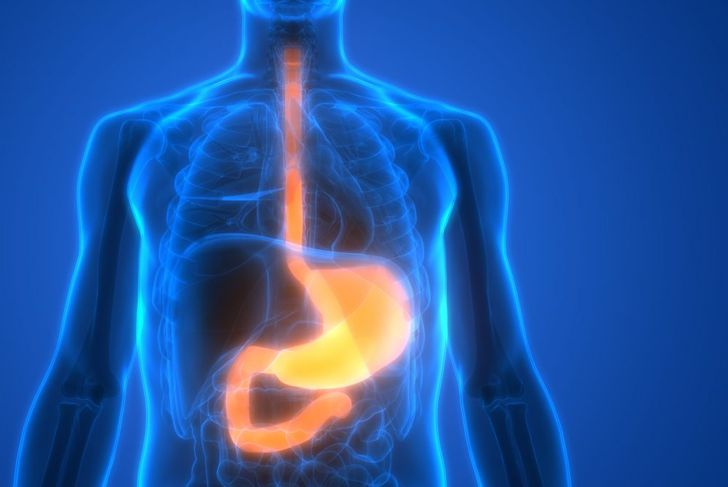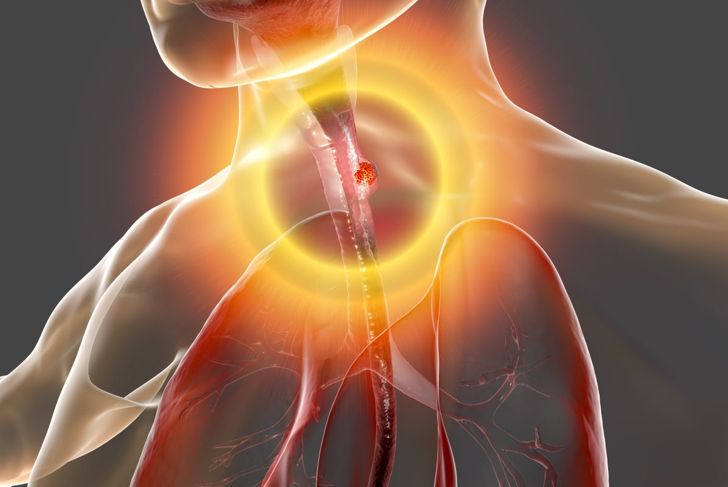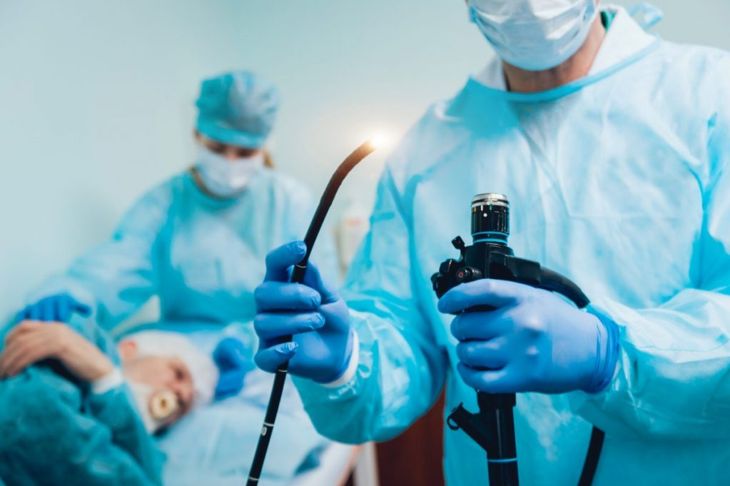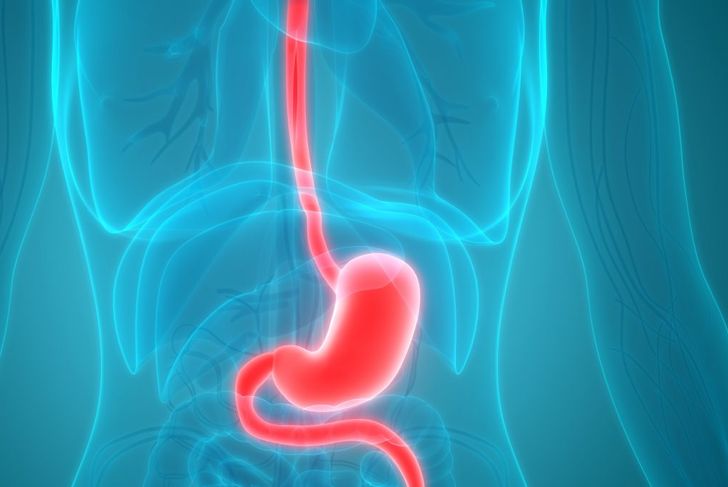Esophageal cancer or cancer of the esophagus is among the most common cancers in the world and often has a poor survival rate. It accounts for roughly 1% of cancers diagnosed in the US
What is the Esophagus?
The esophagus is a hollow muscular tube that connects the pharynx, which is slightly below the mouth, to the stomach. Through muscular contractions, this passage carries chewed food to the stomach. The esophagus is lined with mucous membranes and has a ring-shaped muscle on each end — the upper and lower esophageal sphincter.
Types of Esophageal Cancer
Esophageal cancer most often presents as has two basic typesadenocarcinoma or squamous cell carcinoma. Adenocarcinoma is the most common form in the United States and makes up more than half of diagnosed cases. It occurs in the bottom part of the esophagus, near the stomach, while squamous cell carcinoma grows in the middle and upper parts of the esophagus. A third form, small cell carcinoma, is severe but rare.
Symptoms of Esophageal Cancer
The majority of the symptoms of esophageal cancer revolve around the neck and throat. An individual may experience difficulty swallowing or feel a burning sensation in the throat. Indigestion or heartburn can worsen or occur more often. Other, more general symptoms include weight loss and coughing.
Testing for Esophageal Cancer
Doctors often test people at high risk for esophageal cancer. This includes individuals with Barrett’s syndrome. One esophageal cancer test is the barium swallow test, where a person swallows a thick barium mixture and then undergoes an x-ray. Barium coats the esophagus and shows clearly on the x-ray, highlighting any irregularities. Other tests include MRI scans, endoscopies, and CT scans.
Treating Esophageal Cancer
Radiation and chemotherapy are common treatments for esophageal cancer. Additionally, a surgeon may remove small cancerous tumors and some of the surrounding muscles by way of an endoscopy. The treatment a patient receives depends on how far the disease has progressed, where it is located, the type of cancerous cells, and their general health.
Esophagectomies to Treat Esophageal Cancer
Esophagectomy is a procedure that involves removing part or all of the esophagus and replacing it with part of another organ. The stomach is typically reconnected to the esophagus during this surgery. Esophagectomies are major operations that may have a serious impact on the patient’s quality of life. They have the best outcome when done in a minimally invasive manner.
What Are the Risk Factors for Esophageal Cancer?
While the causes of esophageal cancer aren’t entirely clear, several factors contribute to its development. One of these is tobacco use in any form, since the compounds irritate the lining of the muscle. Alcohol use may have the same effects. Barrett’s disease, in which normal tissue lining the esophagus changes to tissue similar to the lining of the intestine, can increase a person’s chances of getting cancer of the esophagus.
Preventing Cancer of the Esophagus
People can take steps to prevent cancer of the esophagus by maintaining a healthy body weight and eliminating practices or habits that could increase their risk. Cutting back on alcohol and quitting smoking are two helpful preventative measures. People with a high risk of this type of cancer should be screened and tested regularly; if they do develop the disease, the prognosis is better the earlier it is treated.
Genetics and Esophageal Cancer
Some genetic mutations increase a person’s risk of developing esophageal cancer. These include Bloom’s syndrome, which is caused by a mutation of the BLM gene, and Howel-Evan’s syndrome, which is caused by mutations in the RHBDF2 gene. Additionally, habits adopted during a person’s lifetime, like tobacco or alcohol use, can cause alterations in their genetic code.
The Role of the Microbiome
The microbes found in the mouth are collectively known as the oral microbiota. The microbiome refers to the genes contained in the microrganisms that make up the microbiota. According to recent studies, oral microbiome imbalances associated with periodontal disease may also be implicated in the development of cancers. In one study of esophageal cancer patients, the presence of the bacteria that causes periodontal disease was linked with a lower survival rate in these patients. Other research points to the human microbiome as a possible indicator of cancer risk.

 Home
Home Health
Health Diet & Nutrition
Diet & Nutrition Living Well
Living Well More
More




















